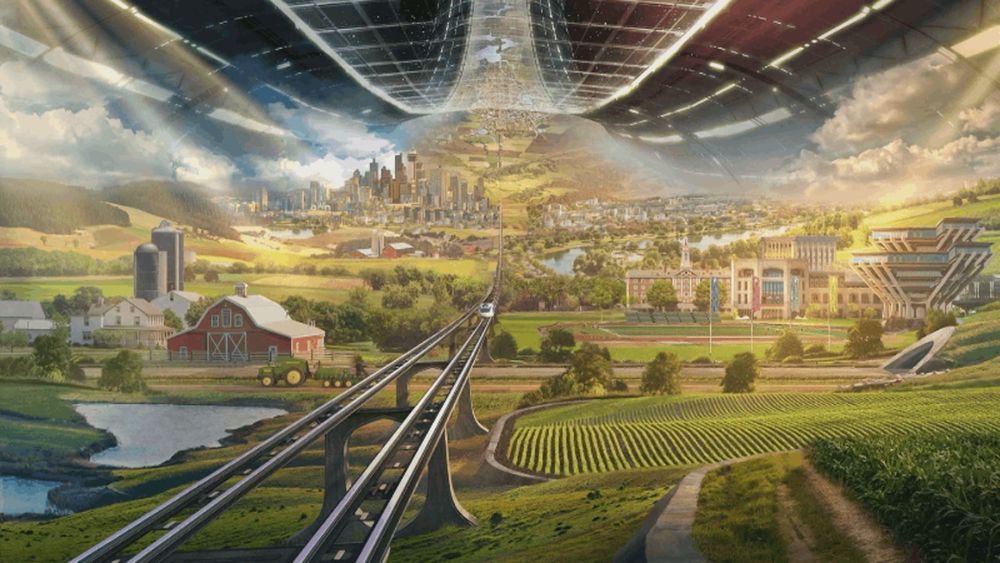Illustrations by Jason Schneider
“In terms of strength, wood is pretty good,” says Mike Gruntman, professor of astronautics at the University of Southern California. Early airplanes were built with wood, all the way into the early 1930s. (There were also wooden submarines.) Gruntman thinks it may be possible to build a wooden spacecraft that could survive the stress of a rocket launch.
Once your timber ship made it into space, however, you’d have a lot of problems. For starters, the organic matter would contain a fair amount of water. In a vacuum, that water would leak out and evaporate, which could affect the structure—especially in places where screws and brackets were attached. Even if this process unfolded over many weeks or months, the integrity of the spacecraft might be compromised.
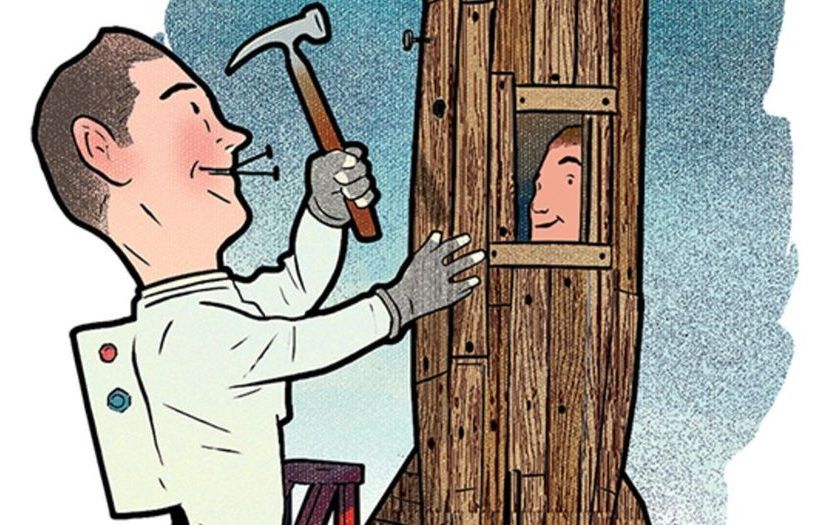
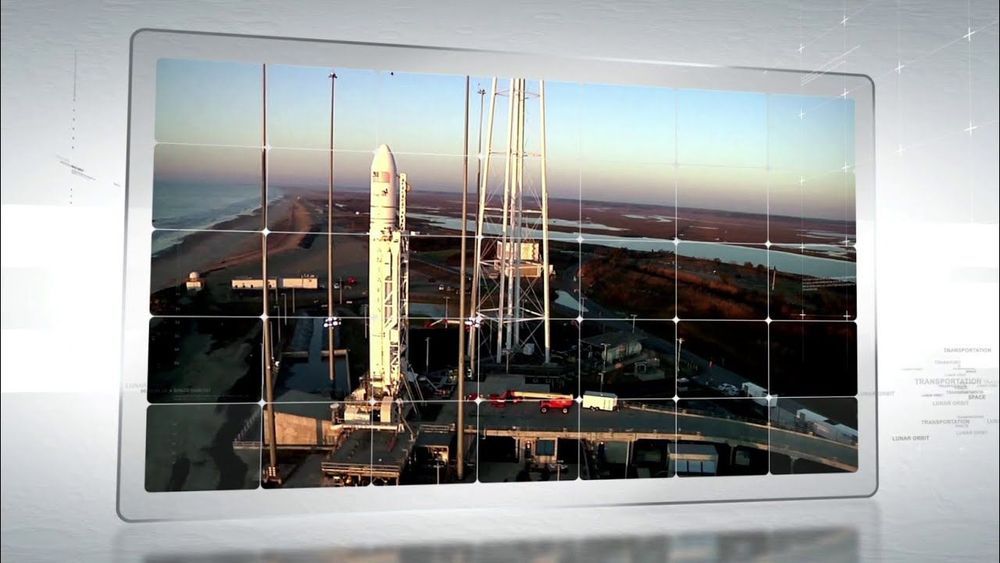
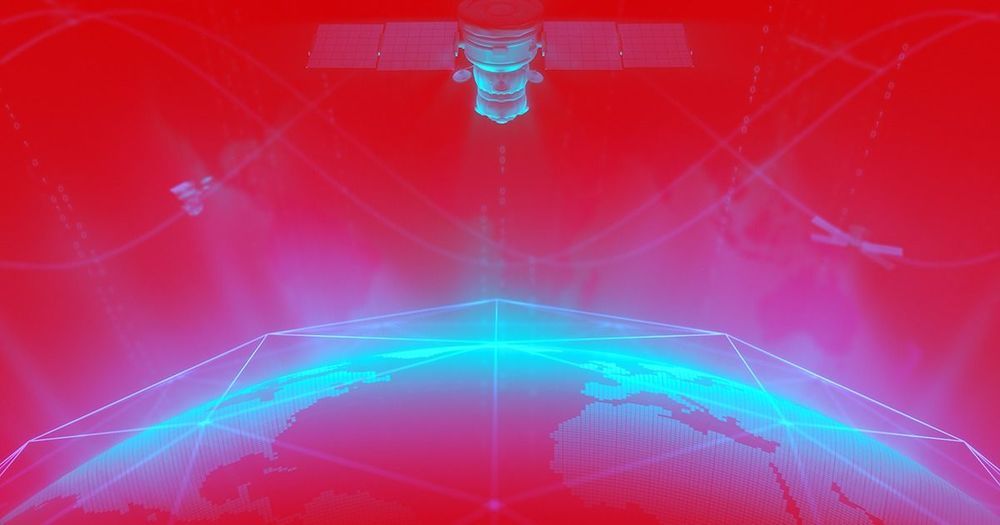
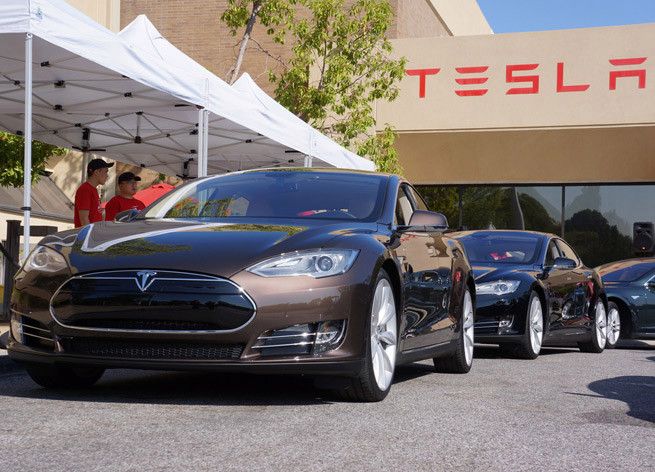
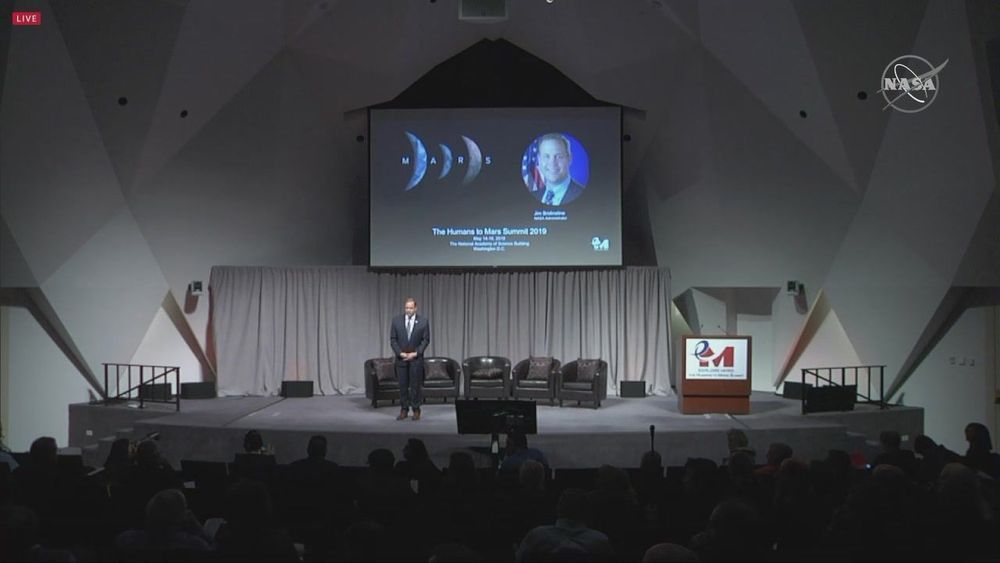
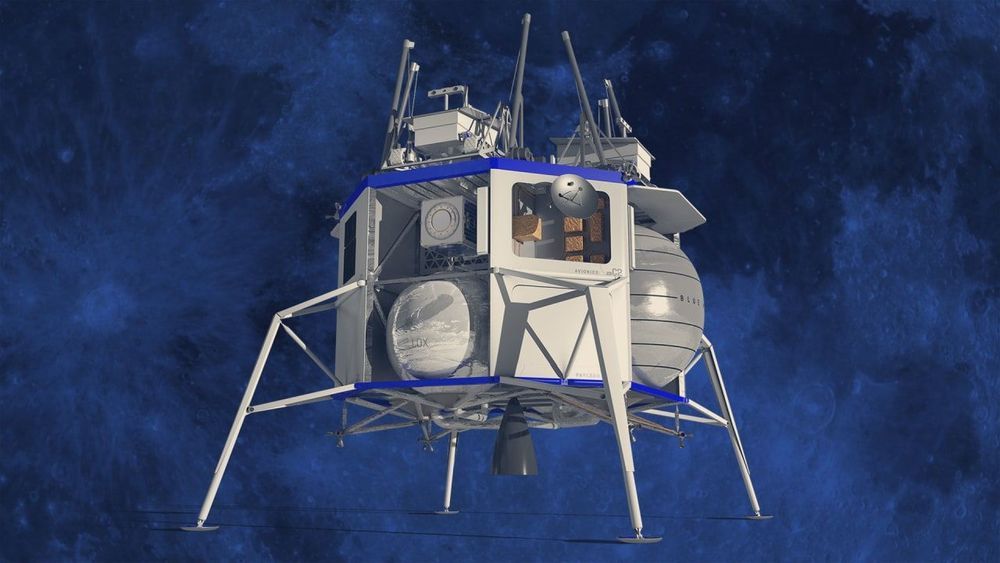
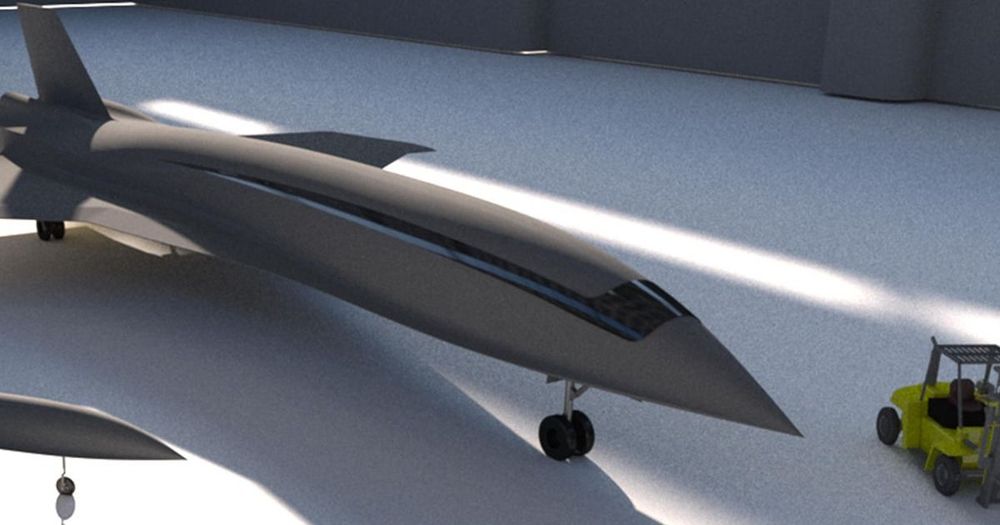


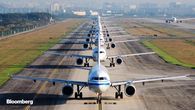 01:20.
01:20.